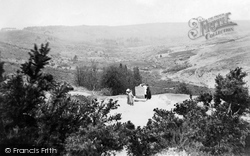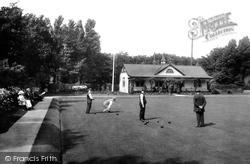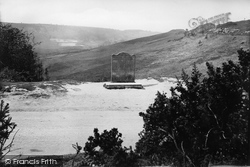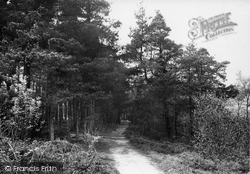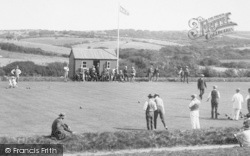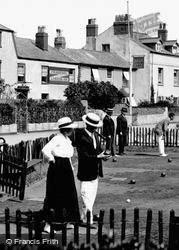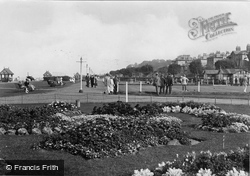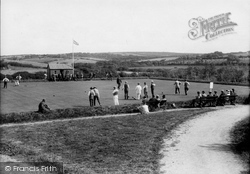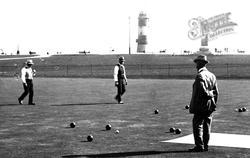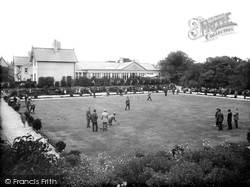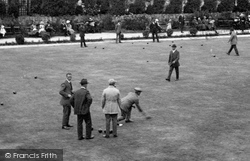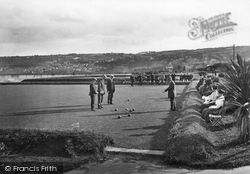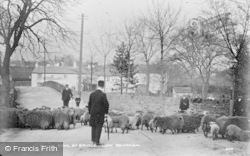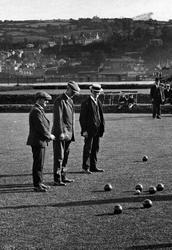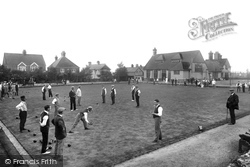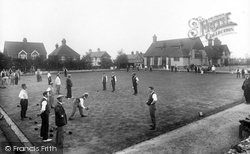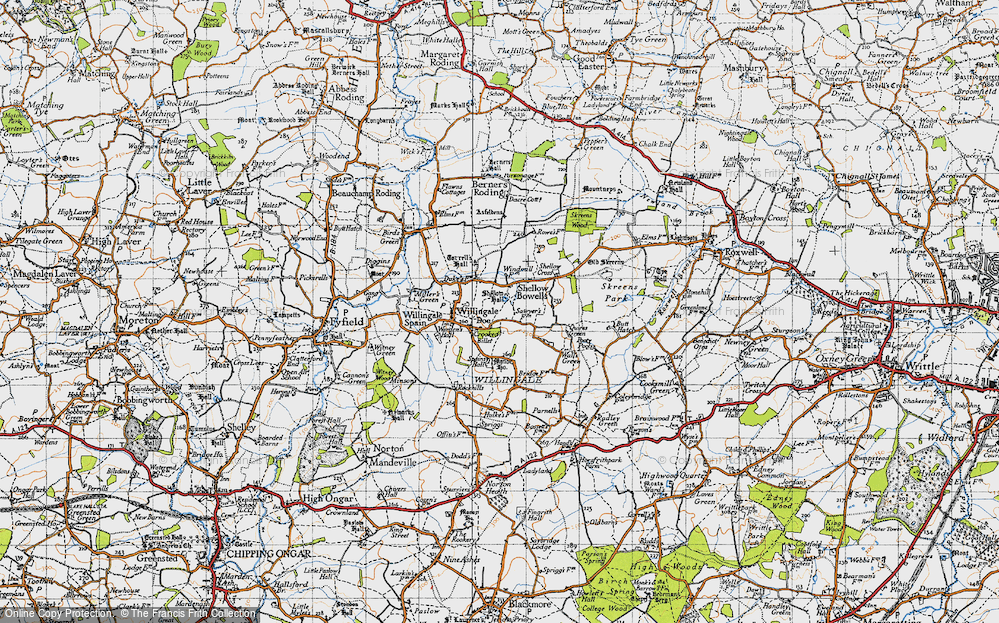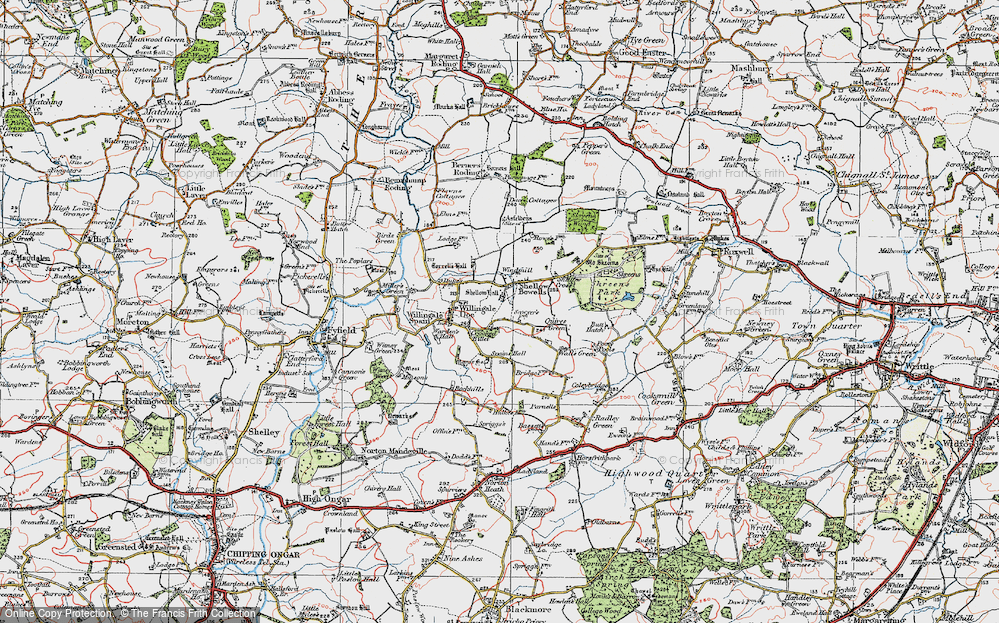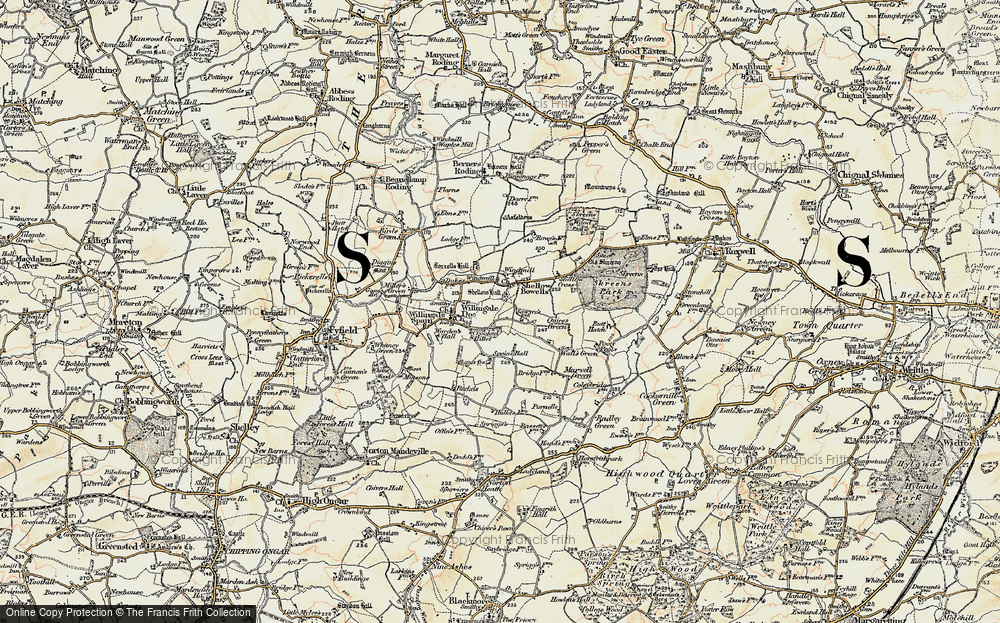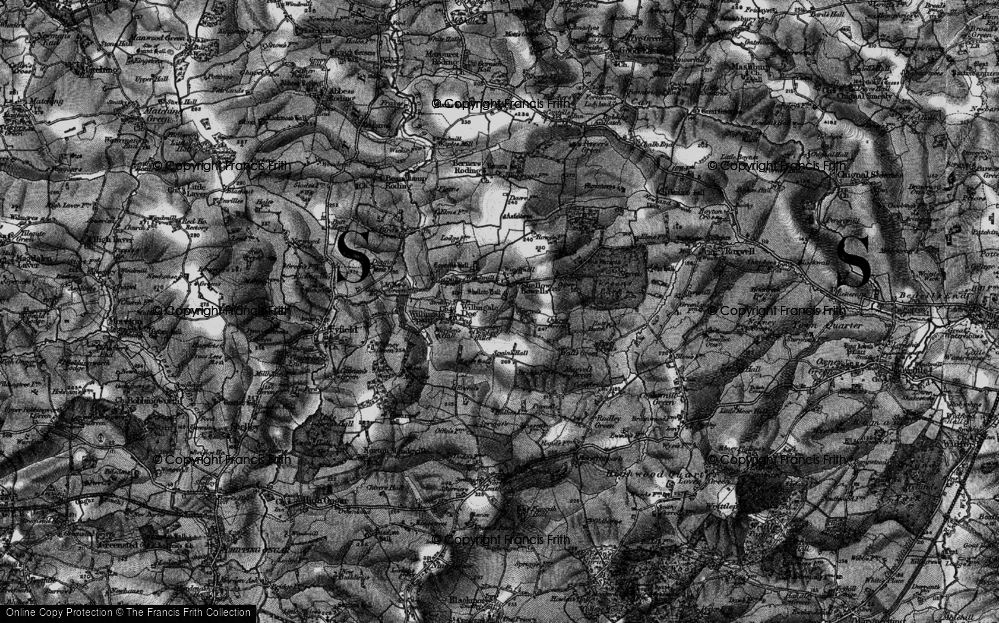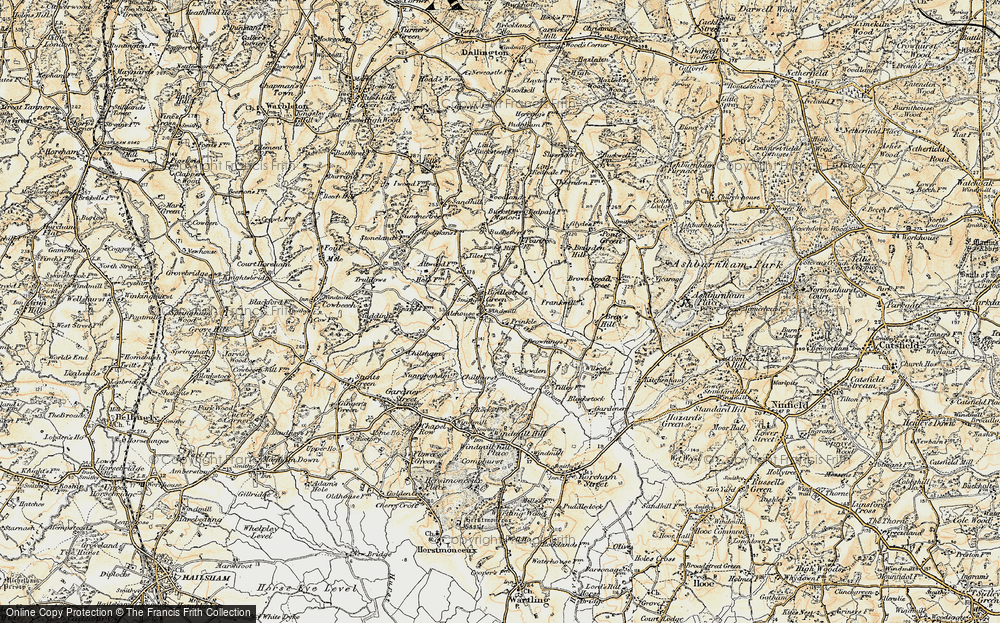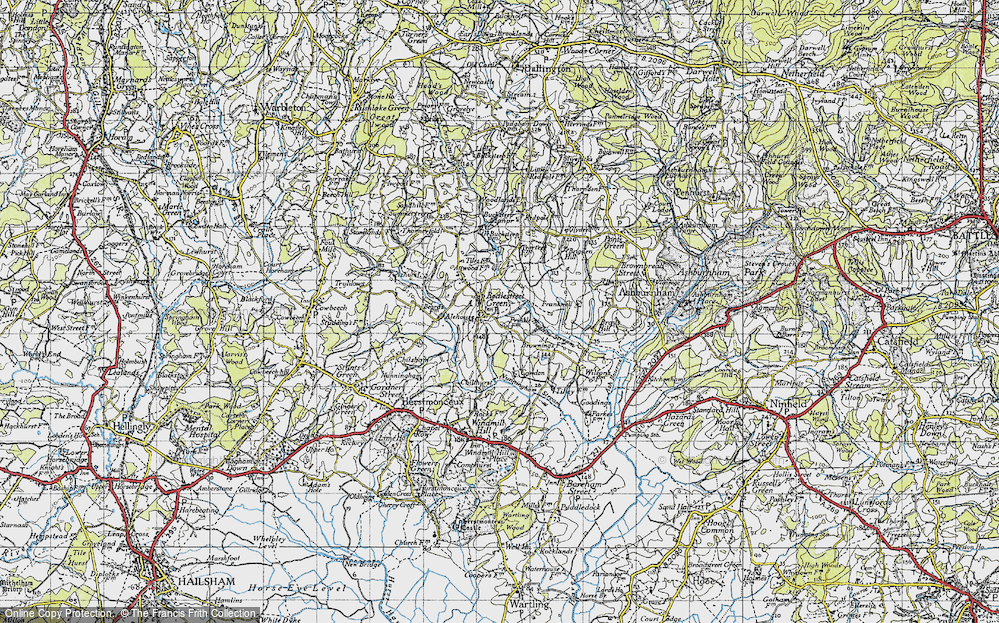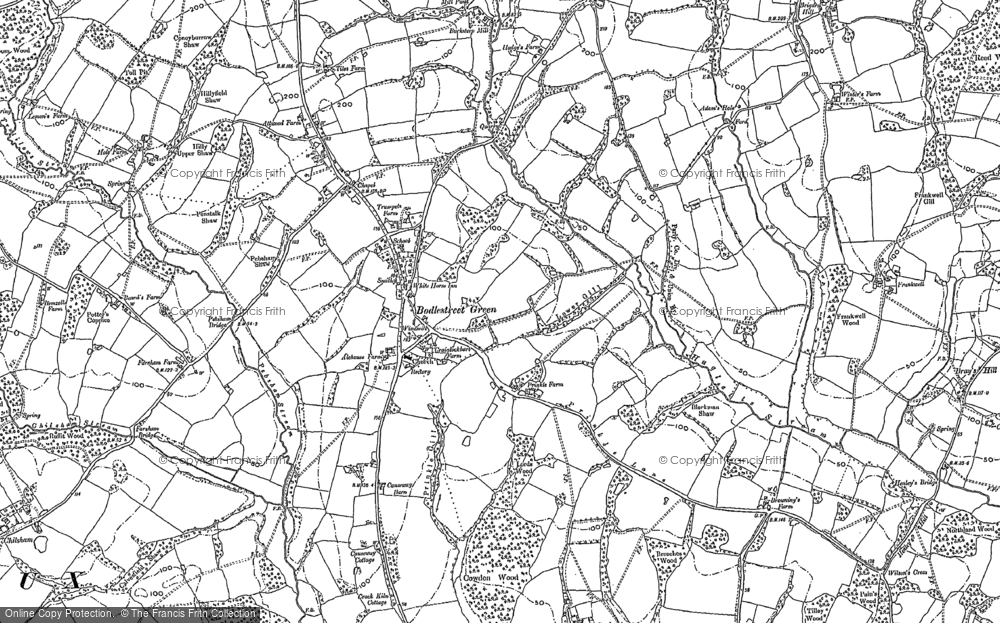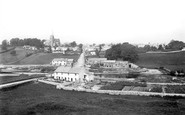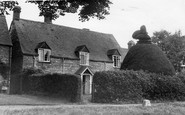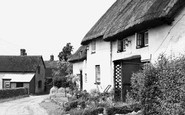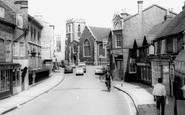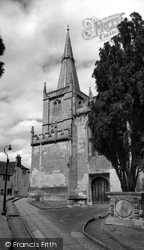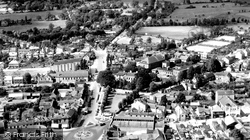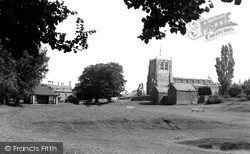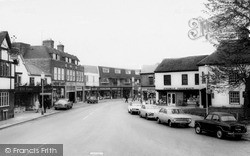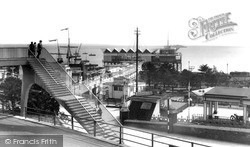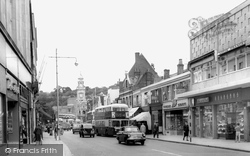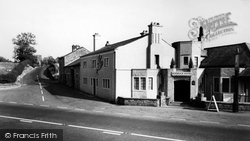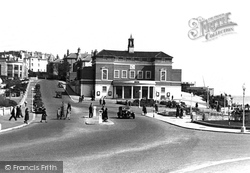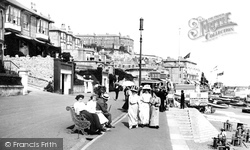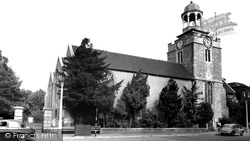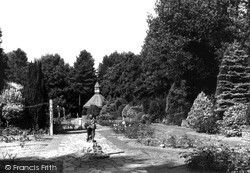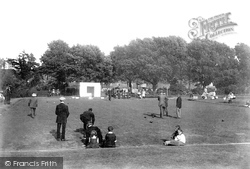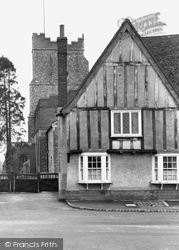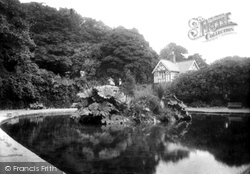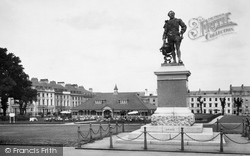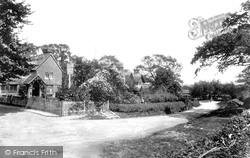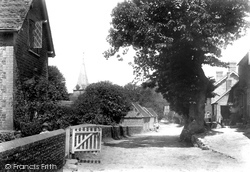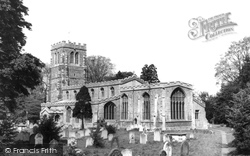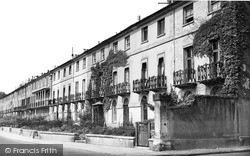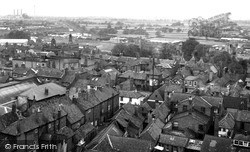Places
12 places found.
Those places high-lighted have photos. All locations may have maps, books and memories.
- Bowling, Strathclyde
- Bowling, Yorkshire
- Bowling Green, Shropshire
- Bowling Green, Gloucestershire
- West Bowling, Yorkshire
- Bowling Alley, Hampshire
- Bowling Bank, Clwyd
- Bowling Green, Hampshire
- Bowling Green, West Midlands
- Bowling Green, Cornwall (near St Austell)
- Bowling Green, Hereford & Worcester
- Bowling Green, Cornwall (near Callington)
Photos
645 photos found. Showing results 61 to 80.
Maps
70 maps found.
Books
Sorry, no books were found that related to your search.
Memories
480 memories found. Showing results 31 to 40.
Early Years In Park Road
Born in 1947 to Ted & Cred Fowles, I lived in 3 Park Road until 1955 when I moved down the hill to Southsea. I started Tanyfron primary school in 1951 and went on to Penygelli Secondary school, Coedpoeth, in 1958. ...Read more
A memory of Tanyfron by
Ward End Park
I can remember the boat shed in the park and where the swings used to be. There was a cafe-cum-ice cream seller in the white house and the most beautiful greenhouse full of strange plants that to a child looked very scary. ...Read more
A memory of Washwood Heath
Childhood Memories
My Granny & Papa lived in the shepherds house in Kettleholm. William and Margaret Morrison. I loved to go and visit them or sleep over. I have lots of memories playing there as a child, watching my Papa bowling, or my dad, ...Read more
A memory of Kettleholm by
Re Tony Bros Ice Cream
I remember Tony Bros ice cream parlour off Acton High Street. On some Sundays my father would take me for a treat for a cornet or wafer scooped out of the big drum on the counter, it was always after giving our dog ...Read more
A memory of South Harefield by
Barking
If I remember rightly, coming round the corner from Ripple Road into East Street, there was a hole in the ground courtesy of the German bombers. Later, Timothy Whites was built there. Anyway, as youngsters, we used to head for the Capitol ...Read more
A memory of Barking by
My Childhood In Burton In The 50's And 60's
I was born in the village in 1949, in an end terrace No.1 Woodview. It was down a small road in the centre of the village and at the top, I believe at one time there was a timber yard/sawmill. ...Read more
A memory of Burton in Lonsdale by
History Of Peacock Cottage, Cleeve Prior
In 'Spring Onions' the autobiography of farmer and market gardener Duncan McGuffie, published by Faber & Faber in 1942, the author rents Peacock Cottage. This is the quote from p 49: "Peacock Cottage ...Read more
A memory of Cleeve Prior by
Stone View
My family lived at Stone View, Oving and my dad went to Oving School and was born in the bowling alley in Oving. I remember the afore mentioned names and the Butcher's Arm's public house which caught fire in the 60's. My father's name was ...Read more
A memory of Oving by
Cofton Farm Camp Site
'Eee, when I were a lad'....... in the 1950's my dad and I would get the bus from Exeter to Dawlish and camp for a week at Cofton Farm, using a little WWII army-surplus 2-man ridge tent. My elder brother was in The Scouts, ...Read more
A memory of Starcross by
Entertainment In The 1950''''''''s
Uxbridge was blessed with 3 cinemas; The Odeon, the Regal and the Savoy (the oldest of the three it stood on the corner of Vine St and the High St). The Odeon, I think, had the biggest productions as it had a wider ...Read more
A memory of Uxbridge by
Captions
169 captions found. Showing results 73 to 96.
There seems to be some dispute as these players pose on the bowling green, while a small audience of no doubt critical ladies watches close to them.
The building to the left is the rear of the China Bowl, which fronts onto the market place near the main entrance to the church, where once the stocks and whipping post stood.
Cannock does, however, possess one of the finest bowling greens in the country, which has been in use for nearly two hundred years.
The remarkable 173ft- long church stands to the right, but it is partly obscured from view today by a high wire fence covered with foliage which encloses a putting and bowling green.
It was a popular meeting place, with a bowling green and a quoits club. Its close neighbour, The Red Lion, is just visible on the left of this scene.
The Exel Bowling Lanes replaced it and live entertainment moved to the end of the pier.
By now, The Red Lion (C69062) is replaced by the new block displaying the Betabake fascia beside the Salad Bowl fruit shop, with the Louis Francke ladies' hairdressing salon on the first floor, while
conditions are not only attractive to visitors, but also to those who have chosen to live in the coastal towns of Sussex following their retirement, some of whom can be seen enjoying a competitive game of bowls
The parish boundaries meet here with those of Myerscough and Barton; indeed, one boundary cuts through the Roebuck's bowling green.
The bowling green and tennis courts are beyond the café building (centre). The line of skiffs and rowing boats indicates the popularity of such a holiday pastime.
The public swimming baths, the Pavilion Theatre and an indoor bowling green showed the town's commitment to being an all-the-year-round resort.
Bowling greens, tennis courts, concert shows and walks were provided for those too nervous to dip a toe in to the cool waters of the English Channel.
A ladies' bowls match is in progress in the peaceful setting of Zetland Park, at the start of the Coast Road to Marske.
The churchyard contains the tomb of Caroline Bowles, the second wife of the poet Robert Southey. She lived virtually all her life in a nearby cottage, and was a poet in her own right.
Situated west of the Concert Bowl, the rose gardens were laid out in the late 1920s-early 1930s on the site of a former maze.
The genteel sport of bowls was a favourite Edwardian pastime, although the all-white dress code seen on the greens today had yet to be introduced.
The Punch Bowl has been altered and restored and turned into a restaurant since this photograph was taken.
Good Friday and Easter Monday would see a miniature fair—stalls for refreshments, model yacht racing on the reservoir, rowing boats for hire, bowls and so on.
Visible just behind Drake's Statue is the corner of the bowling green. The terrace behind is also gone; the Register Office now stands on the site.
The Punch Bowl Inn (left) is central to the village; this is where the Surrey Union Hunt meets on Boxing Day.
Inside are a medieval font, an 18th-century candelabra and a case containing pottery bowls found in the mortar of the tower.
At the sale of Frank Day's estates, the Priory garden was acquired by St Neots & District Recreation Club Company and developed for various sports, especially bowls which gained great popularity
Situated at the west of end of St Peter's Street, this fine Regency terrace was constructed between 1827 and 1831 on the site of the bowling green to provide houses for 20 middle-class families.
Following Newark's surrender, the Parliamentarians smashed the bowl of the 15th-century font in St Mary's; it was eventually replaced around 1660.
Places (12)
Photos (645)
Memories (480)
Books (0)
Maps (70)


